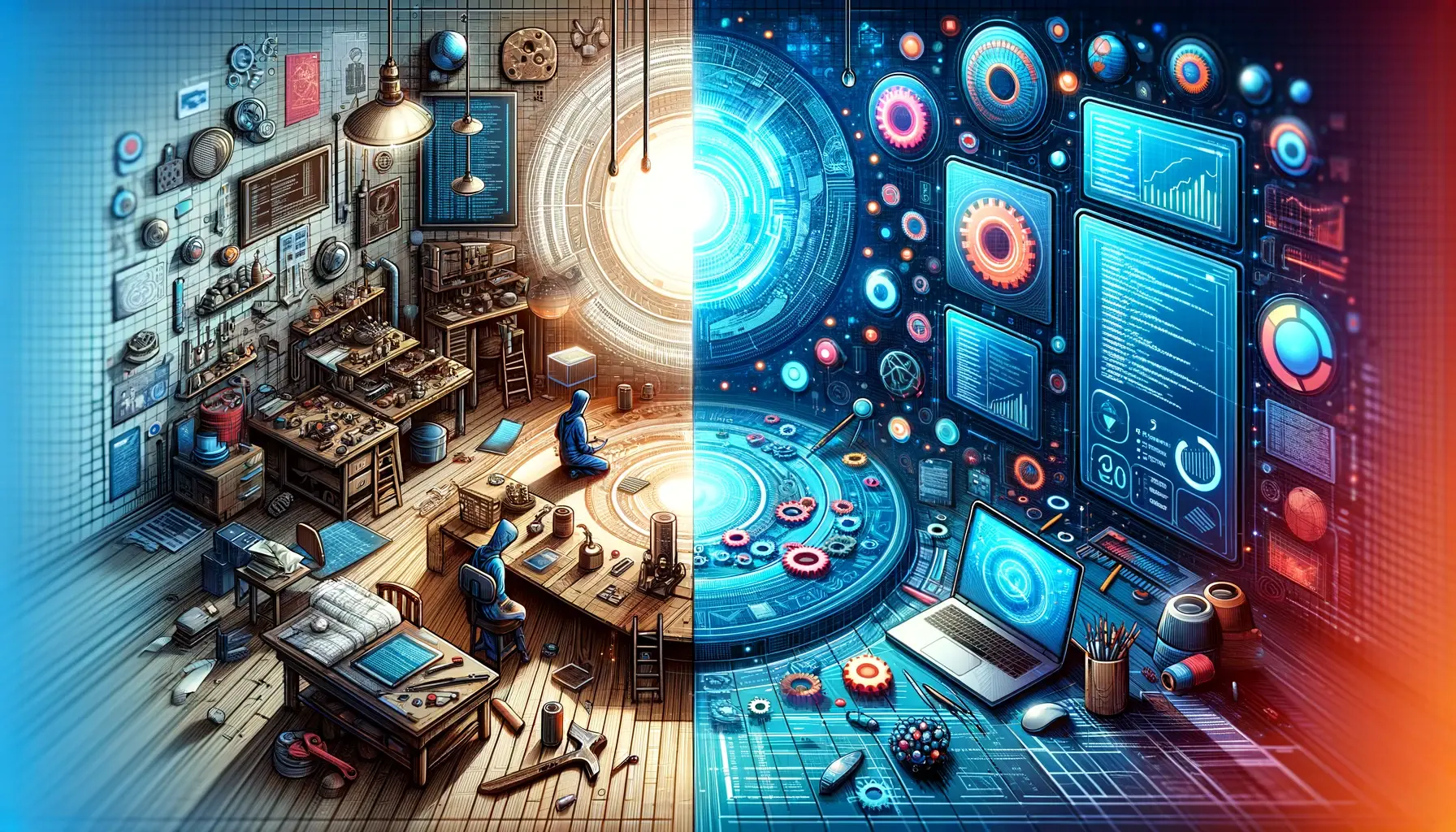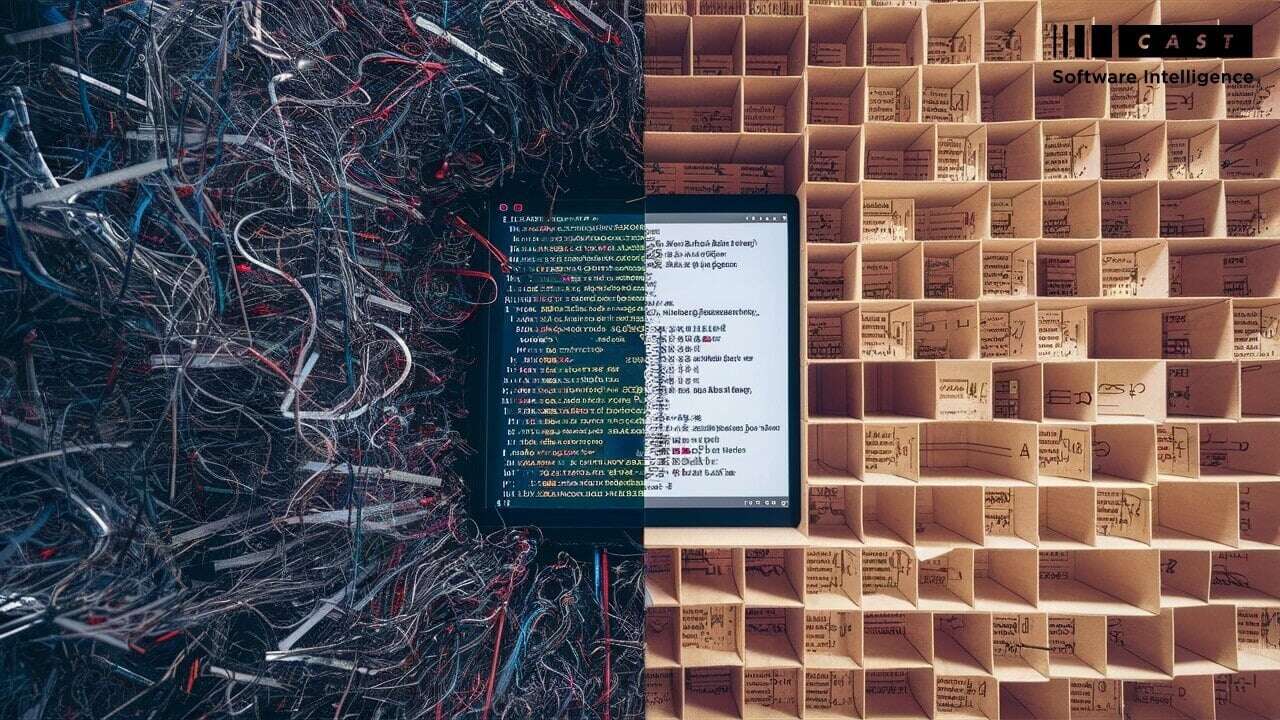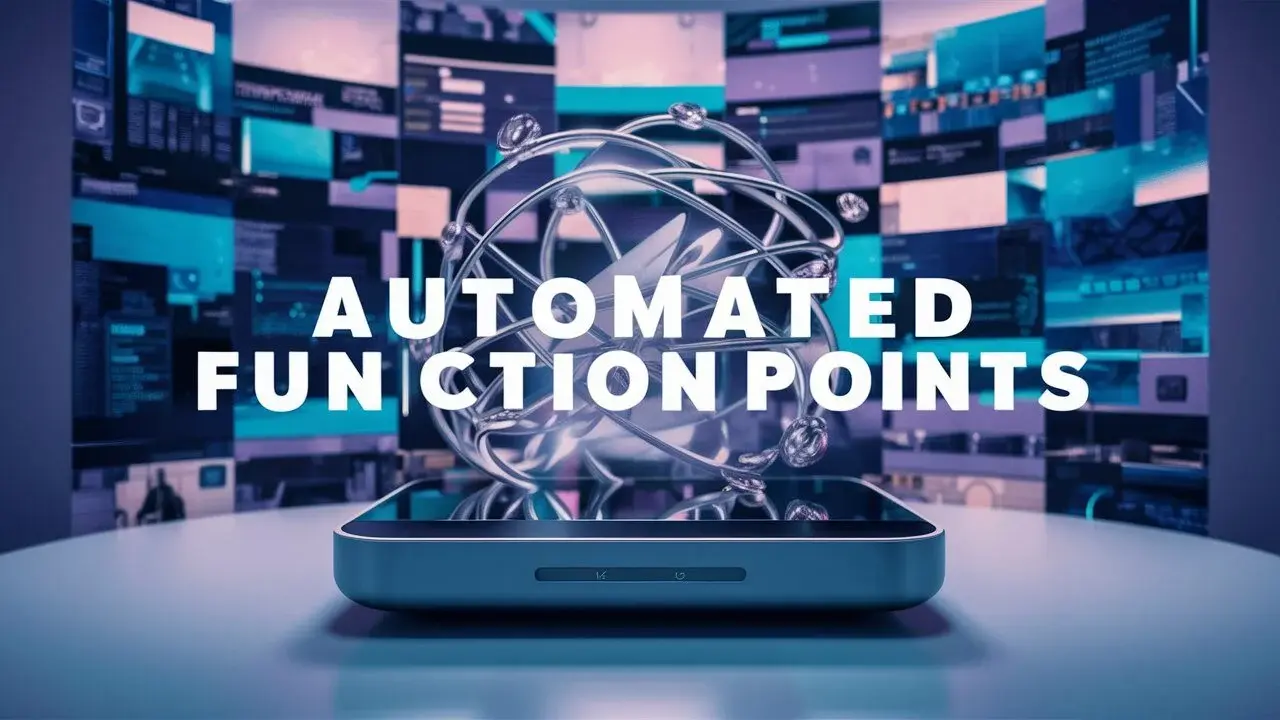In the dynamic landscape of software development, two powerful concepts have emerged as guiding principles for building robust, resilient, high performing software: software craftsmanship and software intelligence.
While these concepts may seem distinct at first glance, they share a common goal: the pursuit of excellence in software engineering. Let’s explore how software craftsmanship and software intelligence complement each other, forming a symbiotic relationship.
The essence and intersection of software craftsmanship and software intelligence
At its core, software craftsmanship embodies the ethos of treating software development as a skilled craft rather than a mechanical process. It emphasizes the importance of continuous improvement and attention to detail. Practitioners of software craftsmanship strive to write clean, maintainable code, guided by principles such as SOLID, DRY, and KISS. They foster a culture of collaboration, mentorship, and relentless pursuit of excellence.
On the other hand, software intelligence delves into the inner workings of software, seeking to uncover insights that drive informed decision-making and optimization. It involves the use of technologies, such as CAST Imaging, for analyzing software behavior, performance, and dependencies. By harnessing the power of data, software intelligence enables developers to gain a deeper understanding of their codebase, identify inefficiencies, and discover opportunities for enhancement.
While software craftsmanship and software intelligence may appear as distinct disciplines, they are inherently intertwined. At their intersection lies a fertile ground for innovation and excellence in software engineering. Let’s explore how these two concepts complement each other.
Maintainability, continuous improvement, collaboration and automation
Software craftsmanship places a strong emphasis on producing flexible maintainable code. Understanding the inner workings of software is essential for achieving this goal. Software intelligence provides developers with insights into the structure, dependencies, and performance bottlenecks of software, enabling them to make informed decisions that enhance its maintainability.
Likewise, both software craftsmanship and software intelligence advocate for continuous improvement. Craftsmanship encourages developers to continually refine their skills and practices, while software intelligence involves analyzing software behavior to identify areas for optimization. By combining these approaches, development teams can iteratively enhance their codebase, driving continuous improvement in software performance.
Craftsmanship fosters a collaborative environment where developers share knowledge, mentor each other, and work together to solve complex problems. Similarly, software intelligence initiatives often involve collaboration among developers, data scientists, and other stakeholders to gain insights into software behavior and drive improvements. By bringing together diverse perspectives and expertise, teams can tackle challenges more effectively and achieve better outcomes.
Also, software intelligence relies on technology and automation to analyze and understand software inner workings. Craftsmanship embraces tooling and automation to improve development processes. The insights gained from software intelligence can inform the selection and implementation of tools and automation practices that support the principles of craftsmanship, enabling developers to work more efficiently and effectively.
Combining both on the path to excellence
In today’s fast-paced digital world, the synergy of software craftsmanship and software intelligence offers a compelling path to excellence in software engineering. By combining the principles of craftsmanship with insights from software intelligence, development teams can build software that not only meets the needs of users and stakeholders but also exceeds their expectations.
To embark on this journey towards excellence, organizations must cultivate a culture that values learning, collaboration, and innovation. They should invest in training and development programs that empower developers to hone their craft and embrace new technologies. Furthermore, they should foster interdisciplinary collaboration between development teams, data scientists, and domain experts to leverage the full potential of software intelligence.
By embracing the principles of craftsmanship and harnessing the power of software intelligence, development teams can build software that is not only elegant and maintainable but also intelligent and adaptive fully embracing the transformative potential the combination holds for the future of software engineering.









SHARE